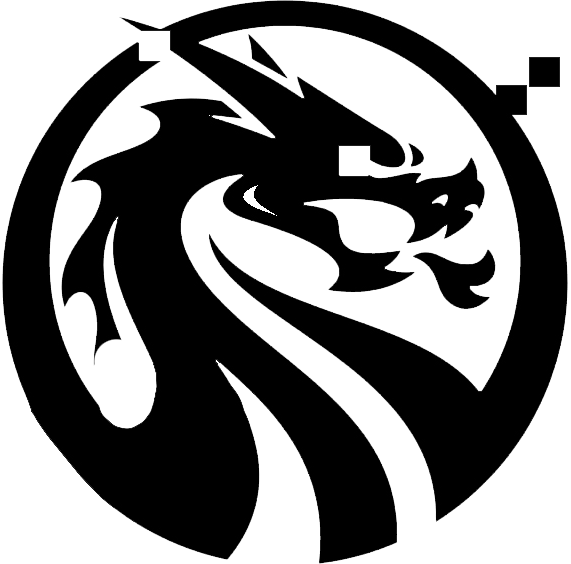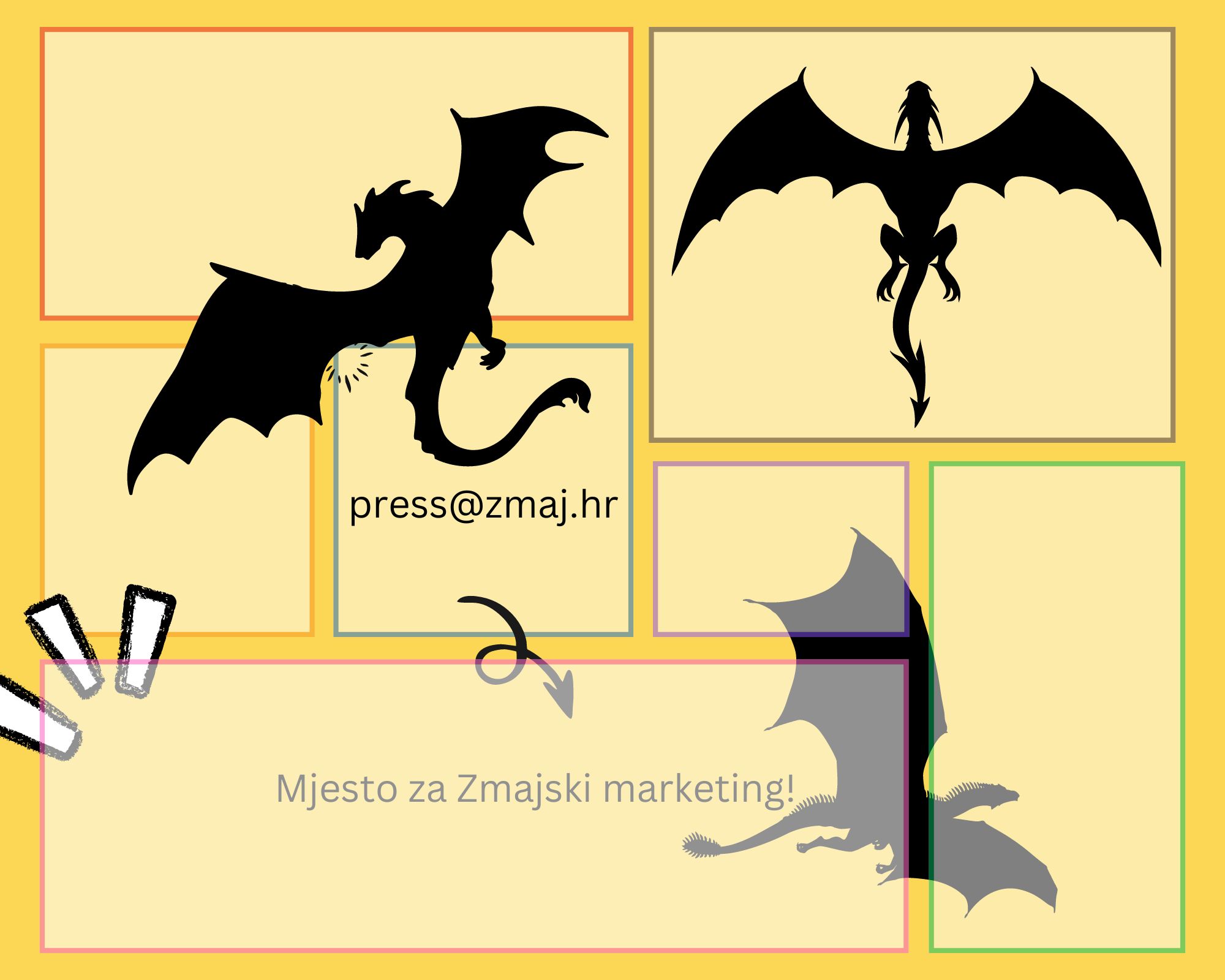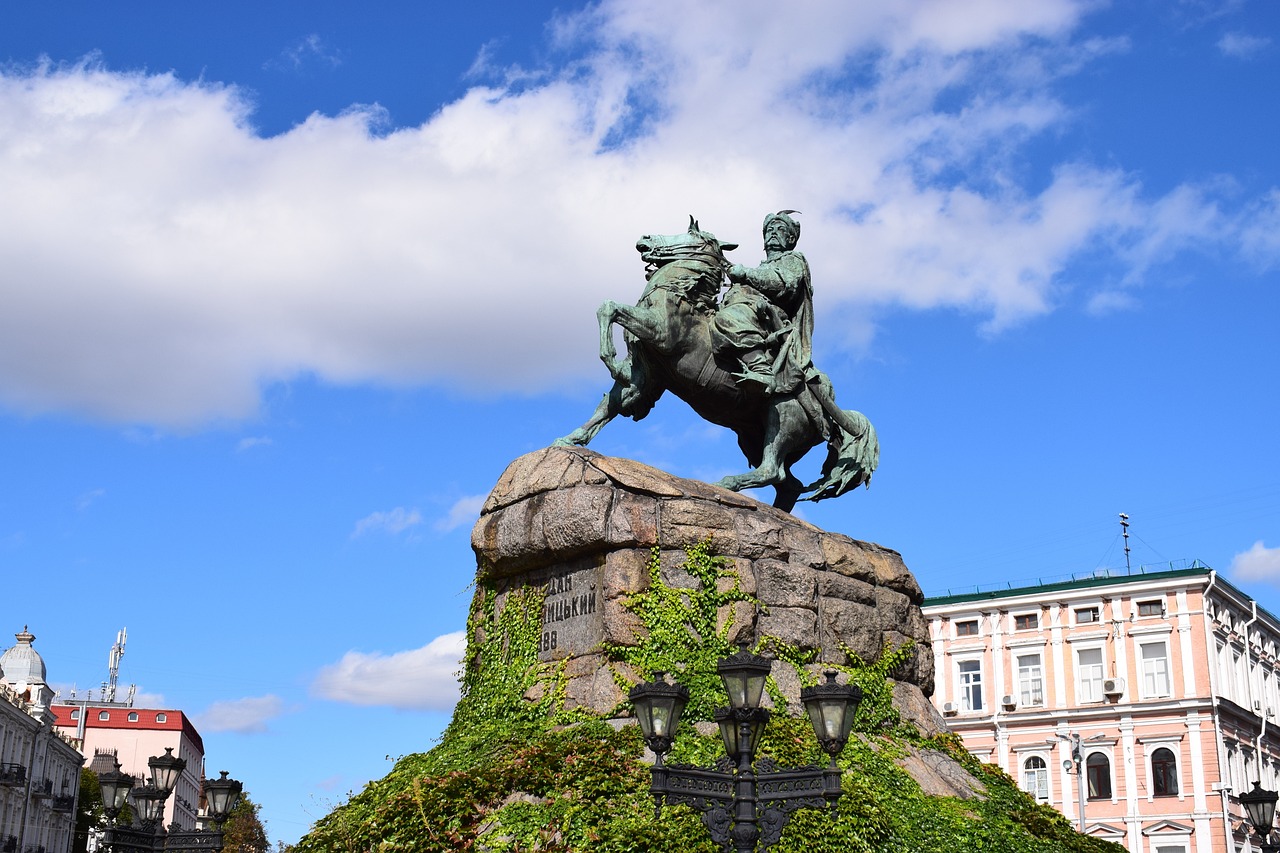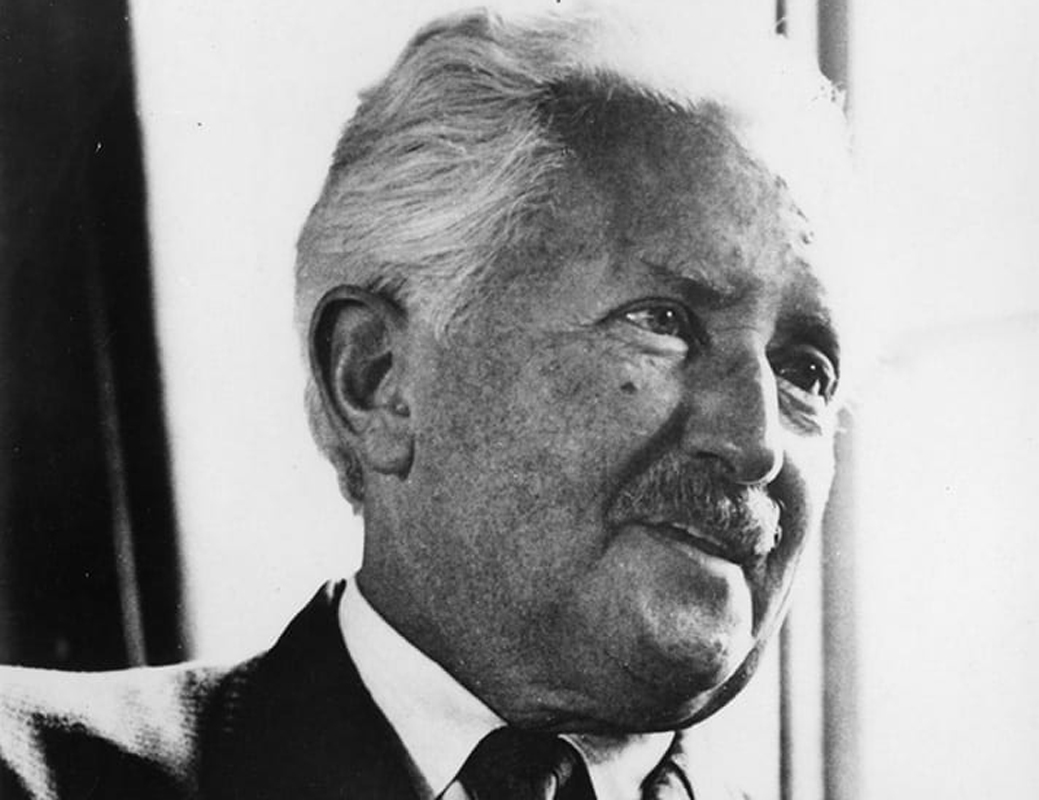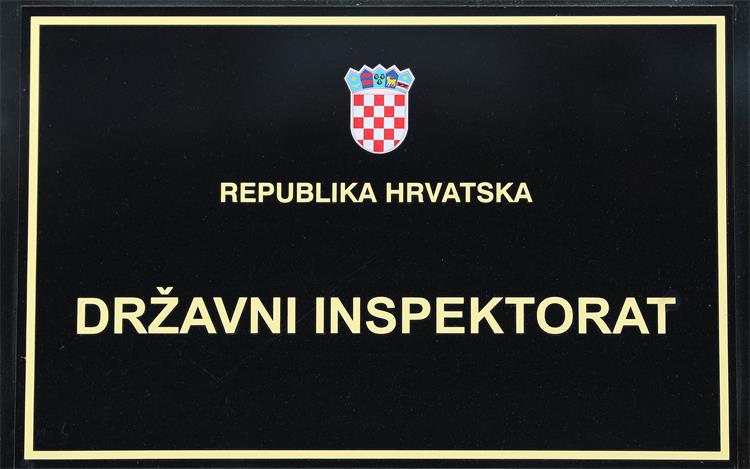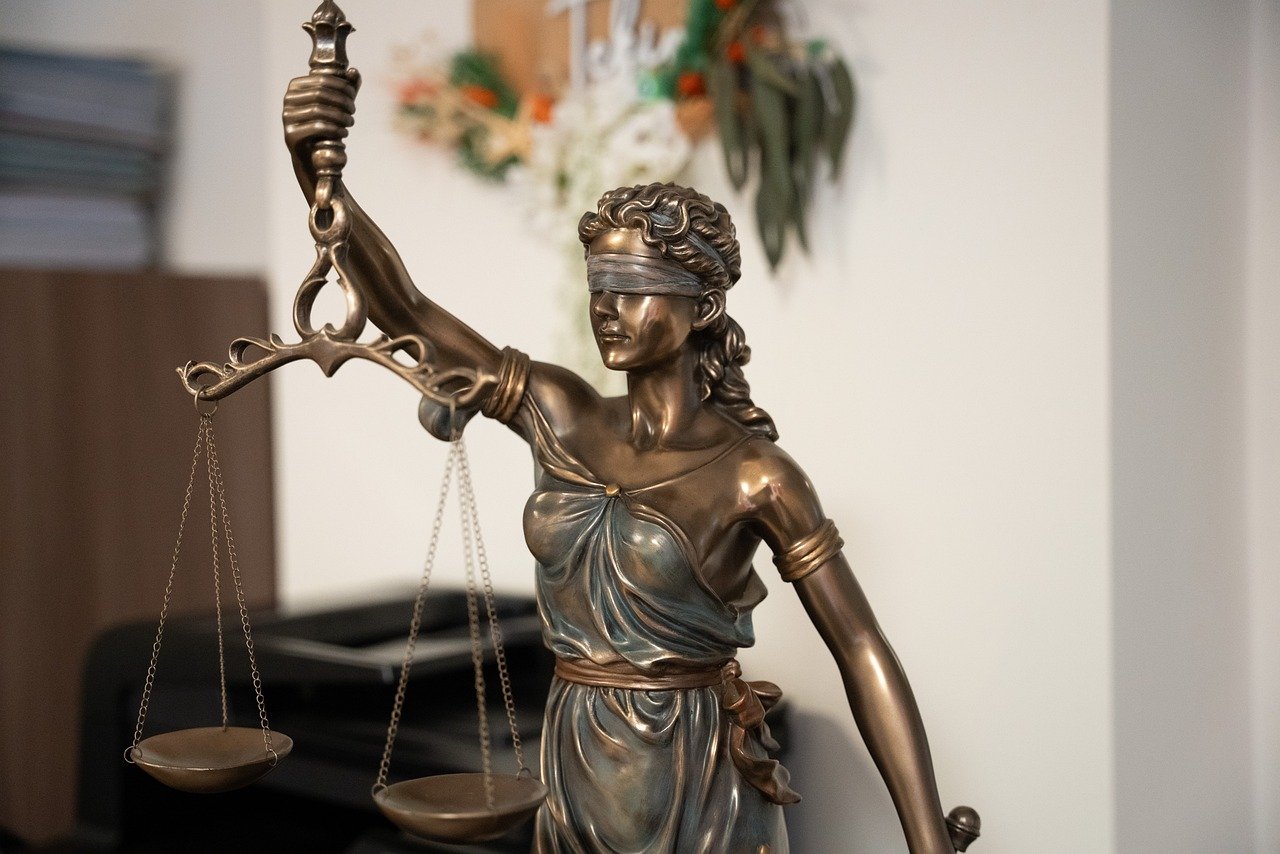
Ovaj se dan obilježava kako bi se obilježilo ujedinjenje dviju republika koje su nastale na teritoriju moderne Ukrajine početkom 20. stoljeća. Tradicija leži u stvaranju živog lanca ljudi koji se drže za ruke kako bi simbolizirali jedinstvo dugo željene neovisne države koja će štititi i služiti ukrajinskom narodu.
Nakon pada Ruskog i Austro-Ugarskog Carstva, pojavila se plethora nacionalnih država. To su bile Češka Republika, Mađarska, Austrijska Republika, Poljska, Kraljevstvo Srba, Hrvata i Slovenaca. Ovaj popis nije potpun bez Zapadno-Ukrajinske Narodne Republike sa središtem u Lvovu.
U međuvremenu, u Kijevu, u godinama 1917.-1921., postojala je još jedna Ukrajinska Narodna Republika, ili UNR, koja je kontrolirala središnje, istočne i južne dijelove moderne Ukrajine. Prvo je osnovana kao autonomna regija u Ruskoj Republici. No 1918. godine proglasila je svoju neovisnost. Upravo je ta UNR država koja je uspostavila diplomatske odnose s 20 drugih zemalja svijeta. I počela je raditi na kulturnoj diplomaciji slanjem Ukrajinskog nacionalnog zbora koji je izveo poznatu božićnu pjesmu “Ščedrik”, odnosno “Carol of the Bells” o kojoj smo vam pričali.

Zapadno-Ukrajinska Narodna Republika i Ukrajinska Narodna Republika odlučile su formirati ujedinjenu državu i potpisale Akt ujedinjenja, Akt Sobornosti. Na sunčan i hladan dan 22. siječnja 1919. godine, u centru Kijeva, na trgu ispred Sofijske katedrale, održana je proslava Akta. To je bilo simbolično po tome što je Sofija Kijevska, katedrala koju su sagradili drevni kraljevi koje nazivamo knezovima Kijevske Rusi prije tisuću godina, ponovno svjedočila stvaranju ukrajinske države.
Nažalost, Ukrajinska Narodna Republika nije uspjela preživjeti teške godine. Nakon Prvog svjetskog rata. 1921. godine njezini su teritoriji podijeljeni između boljševika, koji su predstavljali Sovjetsku Rusiju, i Poljske. No njezin je povijesni značaj i utjecaj teško zanijekati. Postala je bitnim dijelom razvoja ukrajinske nacije i ojačala borbu, san i stvaranje neovisne ukrajinske države 1991. godine.
January 22 is the day of Sobornist in Ukraine
This day is celebrated to mark the unity of two Republics that were created on the territory of modern Ukraine at the beginning of the 20th century. The tradition lies in creating a living chain of people holding each other’s hands to symbolize unity of a long-desired independent state to protect and serve the Ukrainian people.
After the fall of the Russian and the Austrian empires, there appeared a plethora of national states. These were the Czech Republic, Hungary, the Austrian Republic, Poland, the Kingdom of Serbs, Croats and Slovenians. This list is not full without the West Ukrainian People’s Republic with the center in Lviv.
In the meantime, in Kyiv, in the years of 1917-1921, there was another Ukrainian People’s Republic, or UNR, that controlled central, eastern, and southern parts of modern Ukraine. First, it was established as an autonomous region in the Russian Republic. But in 1918, it proclaimed its independence. It is this UNR is the state that established diplomatic relations with 20 other countries of the world. And started to work on cultural diplomacy by sending the Ukrainian National Choir that performed the famous carol “Shchedryk”, i.e. the Carol of the Bells we told you about.
The West Ukrainian and Ukrainian People’s Republics decided to form a unified state, and signed an Act of Unity, the Act of Sobornist. On a sunny frosty day of January the 22nd of 1919, there was a celebration of the Act in the heart of Kyiv in the square in front of the Sophia of Kyiv. This was symbolic in that way that the Sophia of Kyiv, a cathedral built by ancient kings we call knyaz of Kyivan Rus a thousand years ago, was once again a witness to the formation of the Ukrainian state.
Tragically, the Ukrainian People’s Republic was not able to survive the harsh years after WW1. In 1921, its territories were divided between the Bolsheviks, representing Soviet Russia, and Poland. But its historical importance and influence are hard to deny. It became an essential part of the Ukrainian nation’s development, and empowered the fight, the dream, and the creation of an independent Ukrainian state in 1991.
